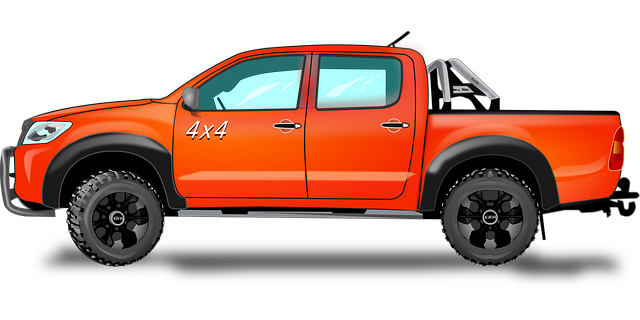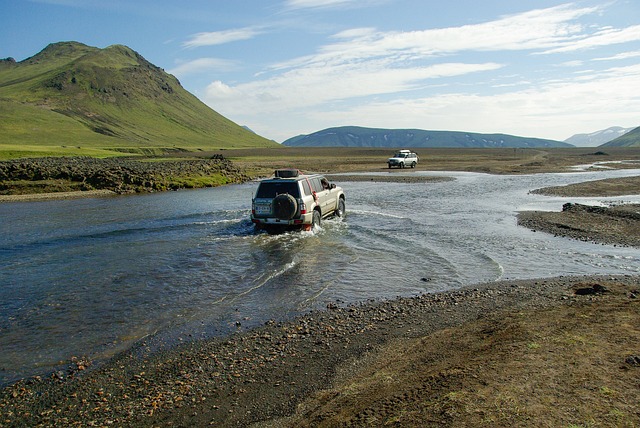Coilovers are vital for RGV-4×4-repair models, offering adjustable spring stiffness, damping, and ride height for enhanced on-road handling and off-road capability. Replacing coilovers involves securing the vehicle, inspecting old parts, carefully removing them, installing new ones according to manufacturer instructions, and testing suspension operation after lowering the vehicle. This process improves control and comfort during off-road adventures in RGV-4×4 models.
Coilovers, a crucial component in 4×4 vehicles, offer more than just aesthetic appeal. They play a vital role in enhancing off-road performance by allowing for precise height adjustment and improved suspension control. This article delves into the world of coilovers, focusing on their function in 4×4 vehicles and providing a comprehensive step-by-step guide to RGV-4×4-repair, specifically targeting coilover replacement. By understanding these elements, off-road enthusiasts can optimize their vehicle’s performance and tackle rugged terrains with confidence.
- Understanding Coilovers and Their Function in 4×4 Vehicles
- A Step-by-Step Guide to RGV-4×4-Repair: Coilover Replacement
Understanding Coilovers and Their Function in 4×4 Vehicles

Coilovers, also known as spring and damper assemblies, are a critical component in 4×4 vehicles, particularly when it comes to enhancing off-road performance. These mechanical devices work in tandem with the vehicle’s suspension system to control and adjust the ride height. By allowing for precise tuning of spring stiffness and damping, coilovers offer a range of benefits tailored to different driving conditions, from smooth on-road handling to robust off-road capability.
In 4×4 vehicles like the RGV-4×4-repair models, coilovers play a pivotal role in maintaining stability and control over rough terrain. They provide adjustable ride height, allowing drivers to raise or lower their vehicles for optimal ground clearance during extreme off-roading. This adjustability also enables owners to fine-tune their vehicle’s appearance, creating a more aggressive stance that complements their adventurous lifestyle.
A Step-by-Step Guide to RGV-4×4-Repair: Coilover Replacement

Coilover replacement is a crucial step in any RGV-4×4-repair process, offering enhanced performance and comfort for off-road adventures. Here’s a simple guide to help you through it:
1. Safety First: Ensure your vehicle is stable and secure before beginning. Engage the parking brake and jack up your RGV-4×4. Place sturdy stands under the chassis for added support. Safety should always be your top priority during repairs.
2. Identify the Problem: Visually inspect the existing coilovers to pinpoint issues like leaks, corrosion, or damage. These indicators highlight the need for replacement. Understanding your vehicle’s specifications and compatibility is essential to choosing the right coilovers.
3. Remove Old Coilovers: Carefully unbolt and remove the old coilovers, taking note of their placement and any associated components. Keep these parts organized for future reference.
4. Prepare New Coilovers: Install the new coilovers according to the manufacturer’s instructions. Ensure proper alignment and secure them tightly with new bolts.
5. Test Drive: After lowering your RGV-4×4, take it for a spin around the block or on a test track. Verify that the suspension operates smoothly, providing better control and comfort during off-road driving.
Coilovers, such as those required for efficient RGV-4×4-repair, are essential components in 4×4 vehicles, offering enhanced control and comfort. By understanding their function and following a structured guide like the one provided for RGV-4×4-repair, vehicle owners can significantly improve their driving experience, especially off-road. This article has offered a comprehensive look at both the theory and practical application of coilovers, equipping readers with the knowledge needed to tackle repairs effectively.



